Samsung just announced its latest flagship smartphones in the Galaxy S23 series. There are three models to choose from, with the Galaxy S23 Ultra being the top of the line model featuring a larger display, larger battery, and also improved cameras.
There’s a lot to like about the Galaxy S23 Ultra, but we’re sure some of you might be wondering if it is worth the upgrade? If you’re coming from an older Android handset that’s maybe 2-3 years or older, then yes, if you can afford it, the Galaxy S23 Ultra will be a massive upgrade.
But if you’re coming from the Galaxy S22 Ultra, then the short answer is no, it isn’t worth the upgrade, and here’s why.
Snapdragon 8 Gen 1 versus Gen 2
Now obviously one of the changes from the S22 Ultra to the S23 Ultra is its chipset, where the S23 Ultra will be using Qualcomm’s latest Snapdragon 8 Gen 2 chipset, an upgrade over the Gen 1 from 2022.
There is no doubt that the Gen 2 is faster, more efficient, and more powerful compared to the Gen 1 based on the benchmarks, but benchmarks only tell one side of the story and for the most part, unless you’re someone who uses their phone for heavy duty tasks like photo or video editing or making renders, the differences in day-to-day tasks like checking emails, browsing the web, watching videos, or sending messages should be negligible.
One could argue that the GPU performance of the Gen 2 is much superior to the Gen 1, but we should point out that the Gen 1 is no slouch and was essentially one of the best chipsets to launch in 2022, so unless you’re trying to min-max your gaming experience, we’re not sure if the added boost in GPU performance is worth paying for.
On the other hand, the differences between the Snapdragon 888 (found in the Galaxy S21 Ultra) and the Snapdragon 8 Gen 2 are more apparent and can probably be felt more.
No display change
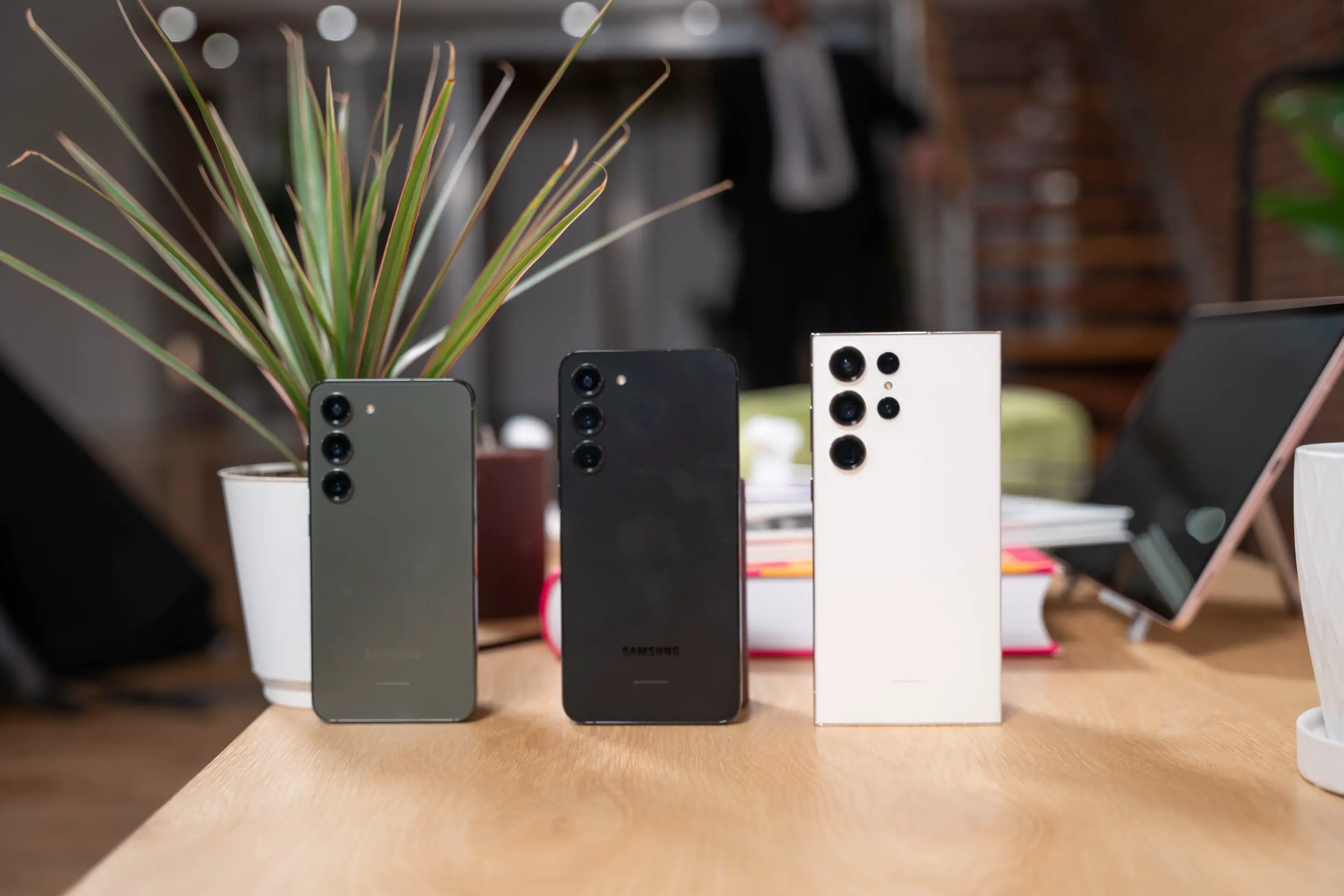 From the Galaxy S21 Ultra to the Galaxy S23 Ultra, the display size of the phone has remained the same at 6.8-inches. All the models from the past 3 years have also included the same 120Hz refresh rate and support for HDR10+. The peak brightness and resolution has also remained the same from the Galaxy S22 Ultra to the S23 Ultra.
From the Galaxy S21 Ultra to the Galaxy S23 Ultra, the display size of the phone has remained the same at 6.8-inches. All the models from the past 3 years have also included the same 120Hz refresh rate and support for HDR10+. The peak brightness and resolution has also remained the same from the Galaxy S22 Ultra to the S23 Ultra.
Samsung does tout adaptive color algorithms that are supposed to make colors on the Galaxy S23 Ultra more accurate, but unless you’re editing photos or videos and require the color accuracy, it’s not that big of a deal.
The Galaxy S23 Ultra also uses Corning’s Gorilla Glass Victus 2 that’s supposed to be tougher than the Victus+, but chances are you’ll be using a screen protector and a case with the phone anyway, so we’re not sure if that really matters all that much.
No RAM upgrade
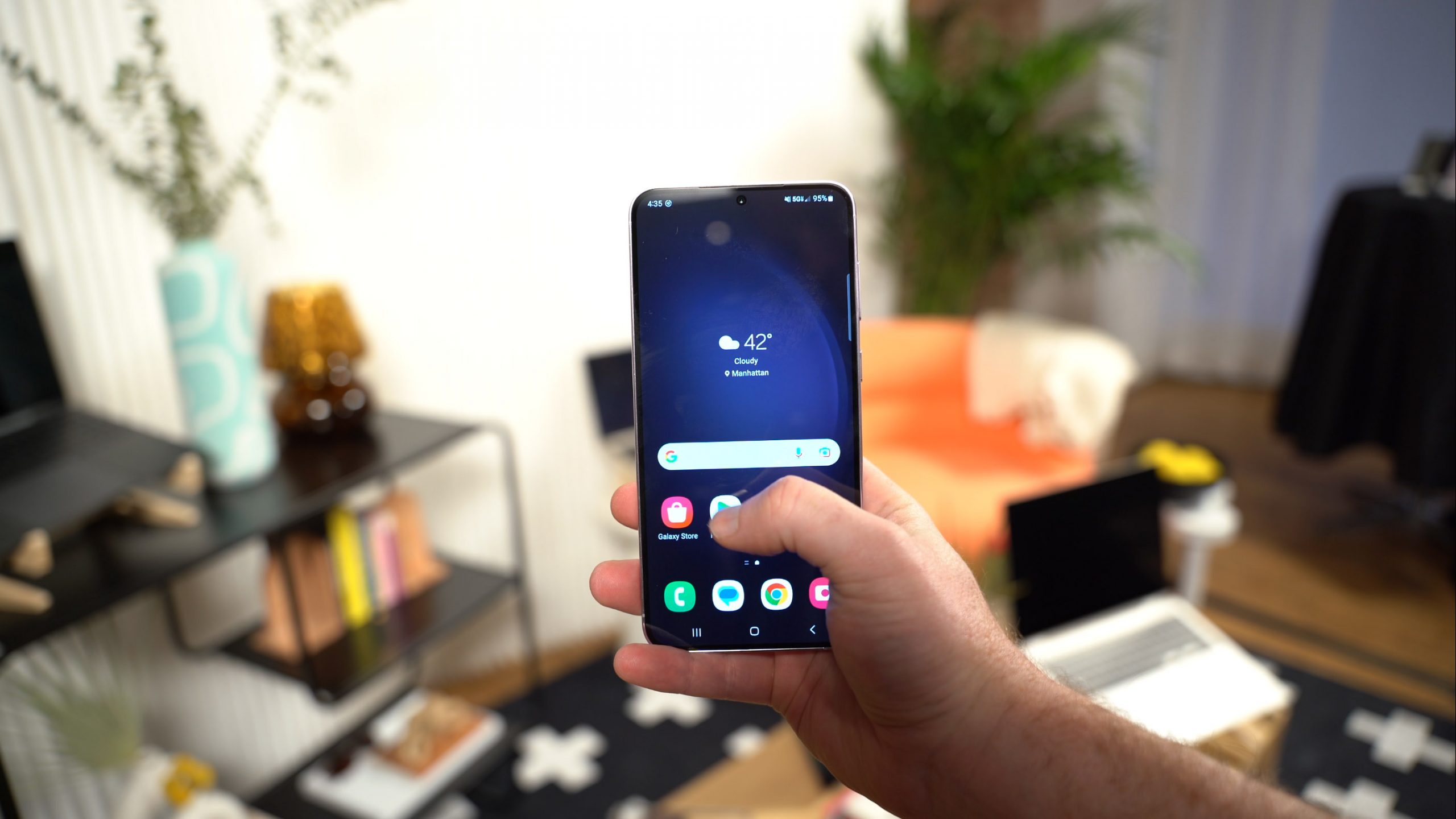 When it comes to RAM on smartphones, more doesn’t necessarily mean better. Obviously having more headroom is great, but since smartphone hardware isn’t as varied compared to PCs, developers usually work within confined specs which means that apps are generally more optimized.
When it comes to RAM on smartphones, more doesn’t necessarily mean better. Obviously having more headroom is great, but since smartphone hardware isn’t as varied compared to PCs, developers usually work within confined specs which means that apps are generally more optimized.
This also means that having more RAM doesn’t necessarily mean that an app will perform better, especially if the developer has already optimized it for the minimum specs. That being said, the RAM options for the Galaxy S23 Ultra has remained the same from the S22 Ultra, ranging from 8-12GB of RAM depending on your configuration, so there’s no real change there.
One could make the argument that the S23 Ultra uses faster UFS 4.0 storage compared to the S22 Ultra’s UFS 3.1, but unless you need that burst of read/write speeds, we’re not sure it’s worth spending that much money.
Megapixels aren’t everything
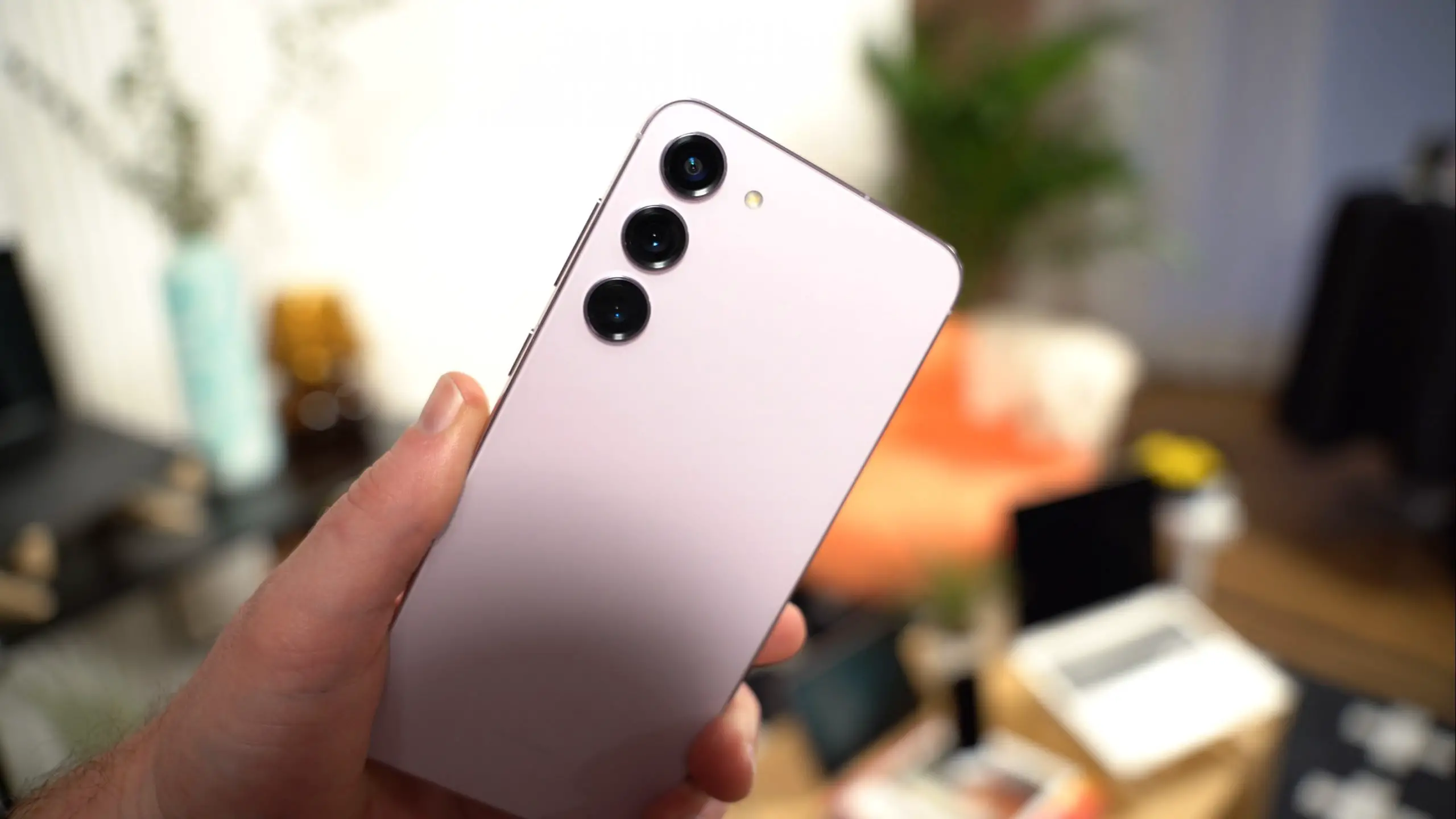 Samsung’s Galaxy S-series are known for their photography capabilities and the Galaxy S23 Ultra is no different. Samsung has included the use of a new 200MP sensor, an upgrade over the S22 Ultra’s 108MP sensor, but for the most part, megapixels are just a marketing tool.
Samsung’s Galaxy S-series are known for their photography capabilities and the Galaxy S23 Ultra is no different. Samsung has included the use of a new 200MP sensor, an upgrade over the S22 Ultra’s 108MP sensor, but for the most part, megapixels are just a marketing tool.
For professional photographers, megapixels do matter because it gives them more flexibility and freedom when it comes to cropping without losing too many details in the process, but for the average smartphone user, can you really tell the difference between a 108MP sensor and a 200MP sensor?
Also, the fact that most of the time you’ll be viewing photos on your phone’s tiny (compared to a monitor) screen makes the differences even less obvious, not to mention that social media platforms generally compress photos and videos which in turn reduces their quality, further blurring the differences.
Conclusion
Don’t get us wrong. The Samsung Galaxy S23 Ultra is one of the best Android smartphones you can get right now, and we expect that it will remain as one of the top contenders throughout the year. If you’re coming from an older Android handset, or maybe the Galaxy S21 or S20 series, then it is most definitely worth upgrading to if you have the money to spare.
But if you got the Galaxy S22 Ultra last year, then maybe upgrading might not be the best way to spend your money, especially since the upgrades will feel incremental at best.
That being said, you are, of course, free to buy the Galaxy S23 Ultra even if you’re coming from the Galaxy S22 Ultra, but maybe some of the points we laid out above might be worth considering if you’re still on the fence about it. In the meantime, Samsung’s got some pre-order bonuses that might sweeten the pot if you are planning on buying the phone. Also, keep in mind that using our links will nab you an extra $50 in Samsung Credit.
- Samsung Galaxy S23 – $799 (free storage upgrade worth $100, and up to $150 in Samsung Credit)
- Samsung,Galaxy S23+ – $999 (free storage upgrade worth $100, and up to $150 in Samsung Credit)
- Samsung Galaxy S23 Ultra – $1,199 (free storage upgrade worth $100, and up to $150 in Samsung Credit)
Note: this article may contain affiliate links that help support our authors and keep the Phandroid servers running.

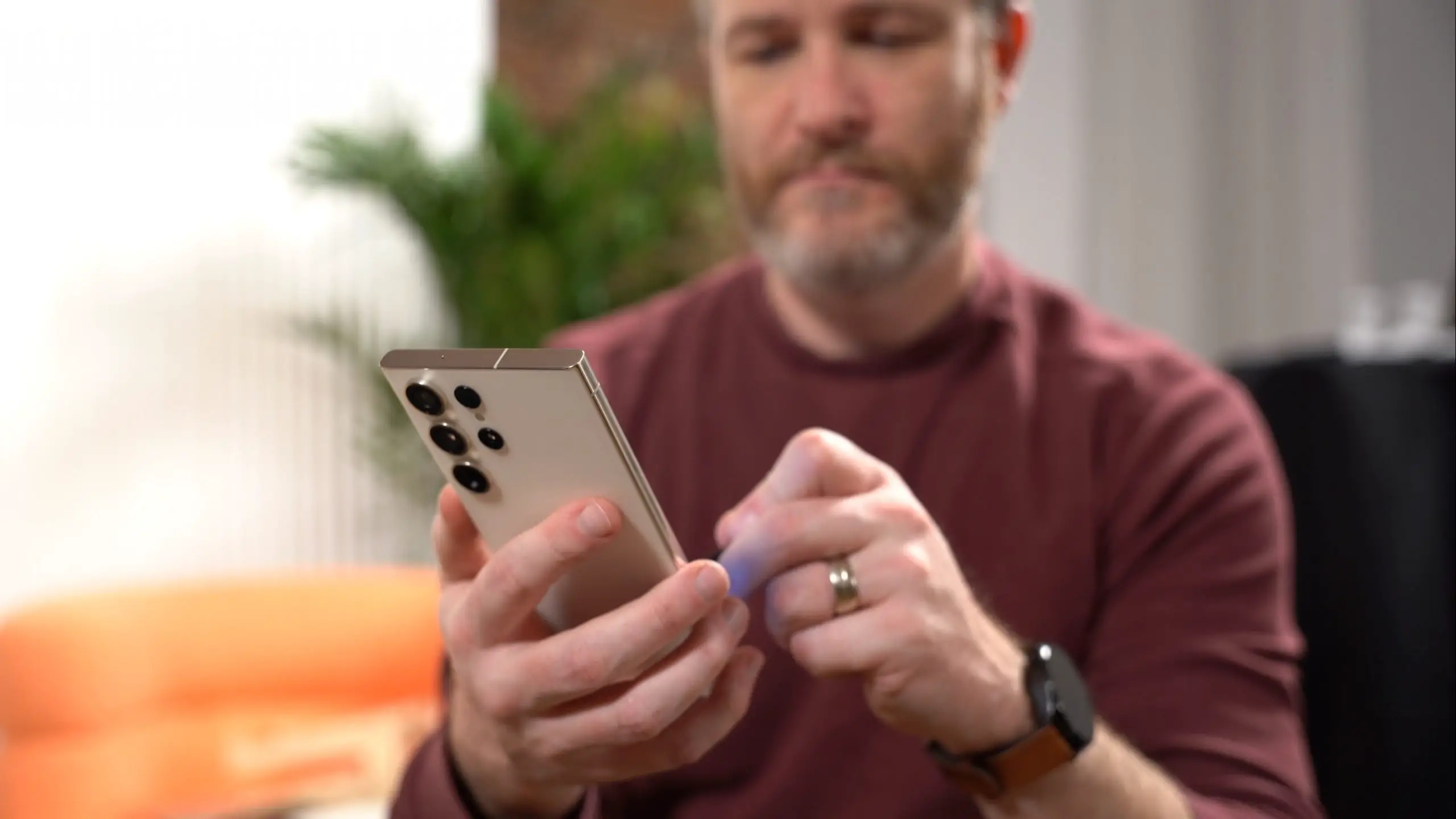

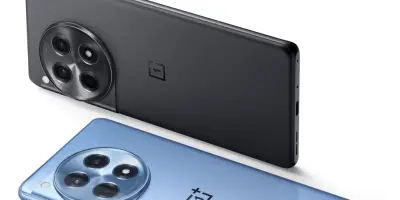
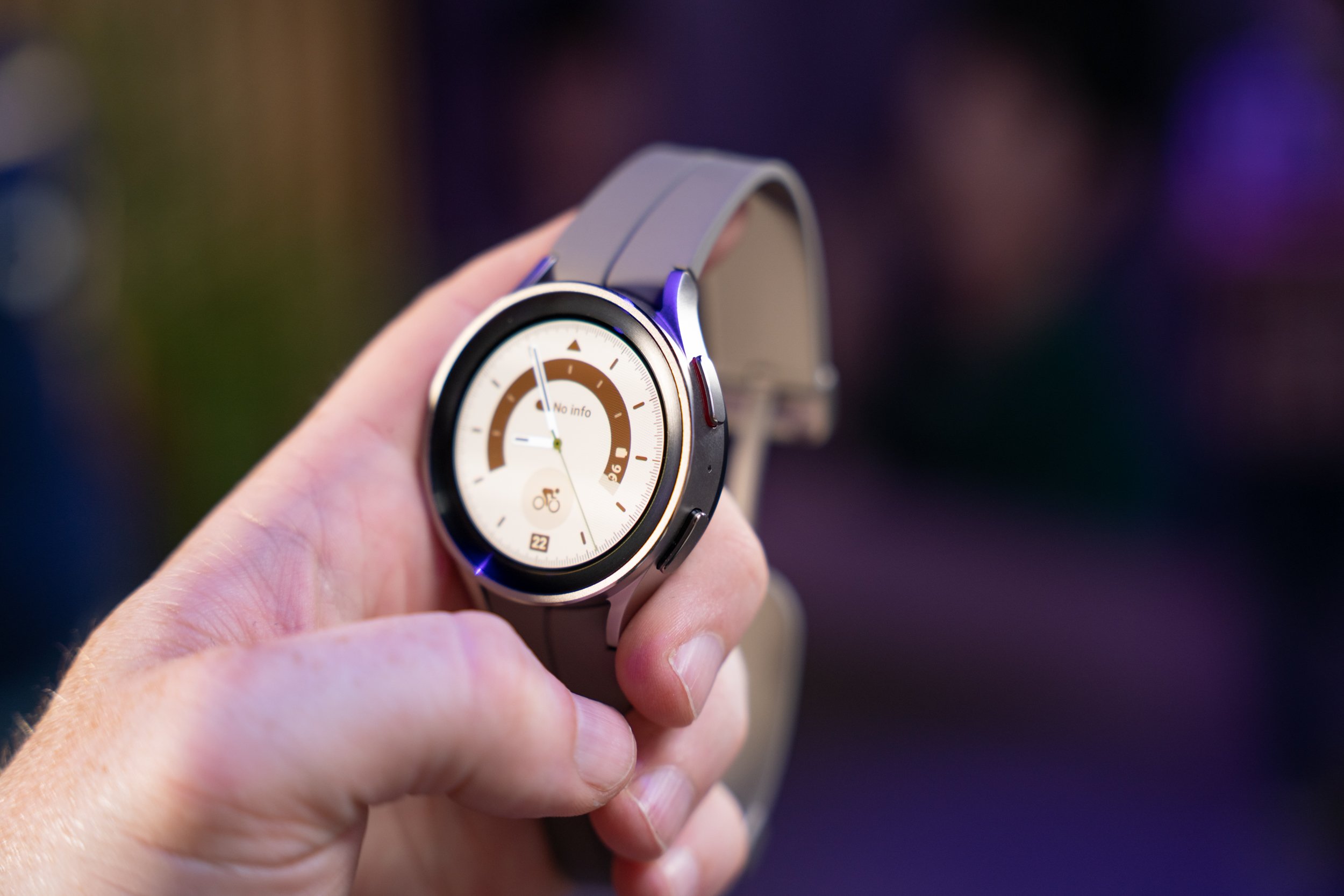

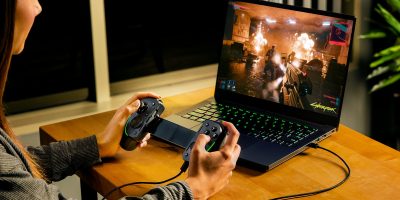
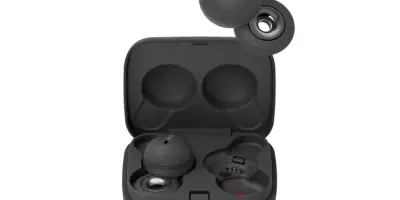
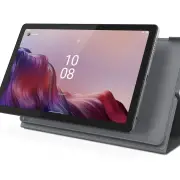
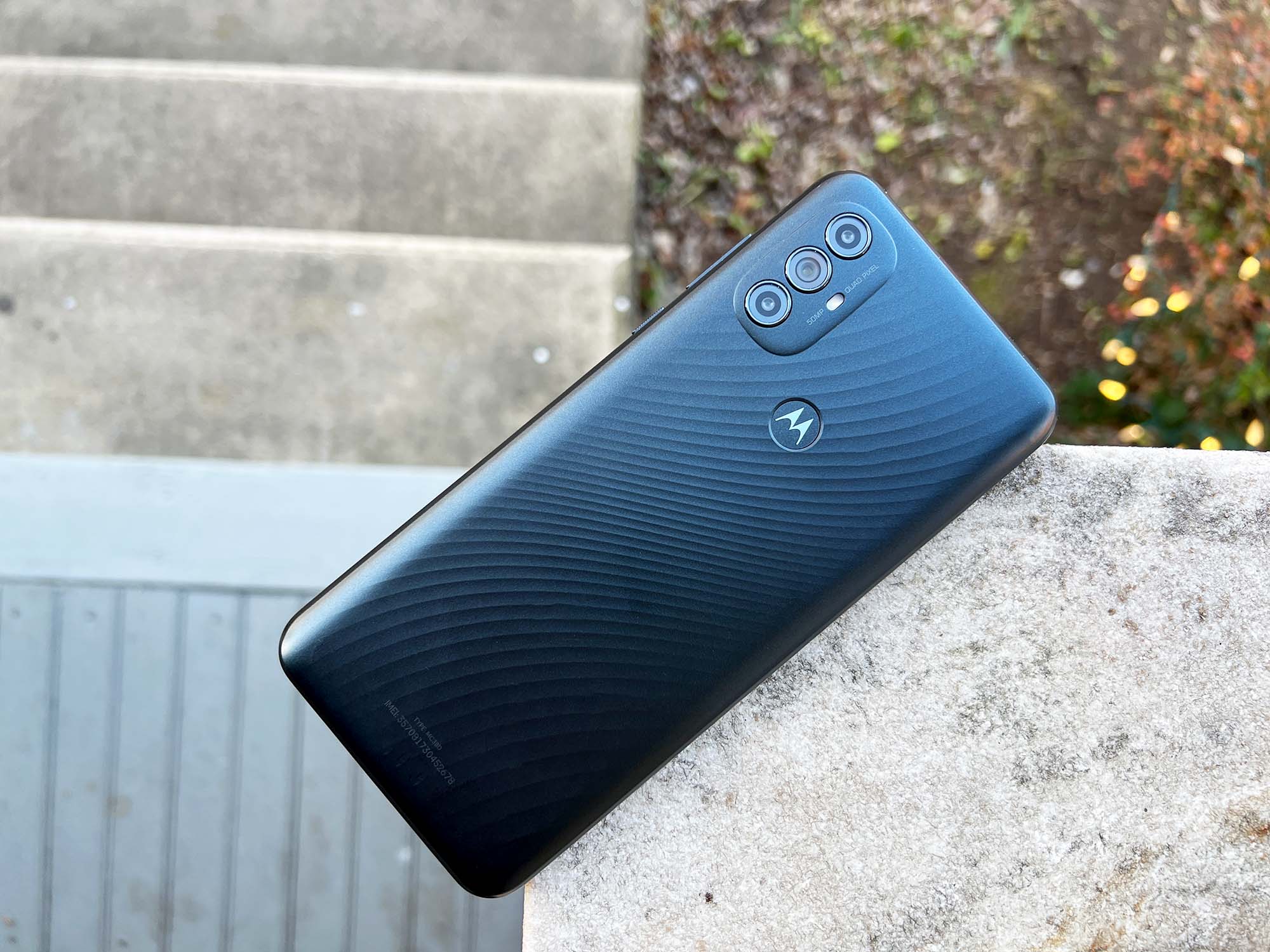

Comments